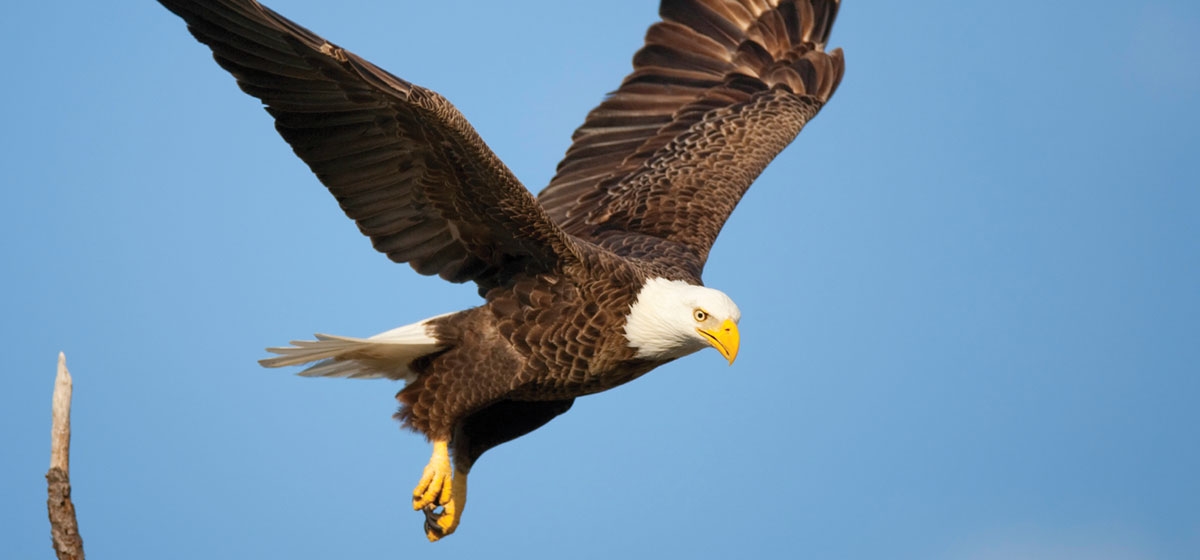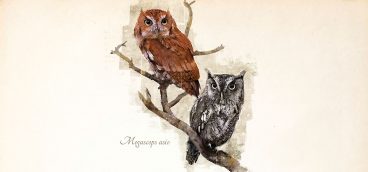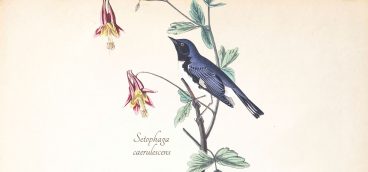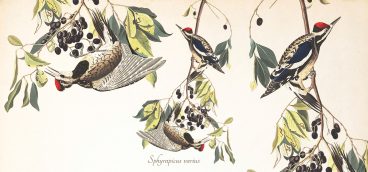
Whenever I see something white in a riverbank tree, I’m hopeful it’s a Bald Eagle. More than once, I’ve called out the sighting in eastern Pennsylvania, crossing the Susquehanna at 70 miles an hour. Most of the time, I’ve been wrong. And why would there be a Bald Eagle in Sharpsburg on the Allegheny, a few miles up river from Heinz Field, a few hundred yards from the traffic on Route 28?
My wife and I drove across the Highland Park Bridge onto Butler Street and pulled into Ice Cream Station Zebra. The black- and-white-striped building was shuttered for winter, and the Pittsburgh Zoo parking lot behind us held only a few cars. As luck would have it, someone had installed one of those tourist viewing scopes, a heavy silver fixture atop a rotating black iron base pointing right at the water tower above Six-Mile Island and Silky’s Crow’s Nest. I put in my quarter, pulled the lever down, and squinted. I twisted the red knob above the eye pieces, and it came into view: white head, stunning beak, dark body, white tail, nearly three feet tall. An adult with fully mature plumage, at least three years old. So there was a Bald Eagle there that chilly winter day, and there might be one again there this winter. Thank one Pittsburgher and the rebounding ecological fortunes of the once Smoky City.
Our national bird was common along Pittsburgh’s rivers and along every other waterway on the continent for millennia. When the founding fathers debated what should symbolize our new nation, their arguments centered on the Bald Eagle and Ben Franklin’s nomination, the Wild Turkey. For reasons culinary and otherwise, I’m sure we’re all relieved that Franklin lost the argument. The eagle’s intense stare, its broad, nearly seven-foot wingspan, black and gold talons that can grip fish or fowl, and its sharp, powerfully hooked bill make it master of the air, a fitting emblem for a nation that wanted to project a newfound sense of power and confidence.
Still, Franklin wasn’t all wrong about the eagle. It’s a bit of a kleptoparasite, known to chase osprey or other birds, harassing them until they drop the prey they worked hard to earn and then catching it mid-flight, returning to its own perch, the easier to dine. The eagle also tends to eat rotting fish and other carrion. So Franklin was not impressed with the eagle’s moral code or culinary habits.
Such behaviors aside, by the mid- to late-20th century, the Bald Eagle population was in very bad shape. Hunting, despite federal protections, did not spare the bird from the gun. Just as bad, if not worse, DDT, widely and indiscriminately used to control insect populations, devastated many raptor populations as the poison accumulated in the tissues of smaller creatures and fated eagles to failed nesting attempts year after year. DDT weakened the shells of eagle eggs (usually one or two annually per mated pair); and the eggs laid in massive nests produced no young. Until the research of Pittsburgher Rachel Carson’s “Silent Spring” moved the popular and political conscience in the 1960s and ’70s, Bald Eagles were on their way out. Listing under the Endangered Species Act and the banning of the domestic use of DDT, thanks to Carson’s alarm, ultimately spared the bird. Eagles are back now, though in much diminished numbers.
And thus my Bald Eagle in Sharpsburg. It was hunting fish and wintering water fowl below the spillway there, patiently perched in a tree, unfazed by cars whizzing by on the bridge above. It might be the same bird that was one of a pair recently confirmed nesting in Allegheny County; a first in many, many decades. Or perhaps it’s the eagle that some say is setting up housekeeping in Freeport, just up river. With luck, members of the Audubon Society of Western Pennsylvania might tally another eagle this year. They’ve seen one on every Christmas Bird Count since 2006. Could days of eagles soaring over the Point be common soon? Let us hope. With cleaner waterways and prey rebounding in reasonable numbers, this mega-avis graces our skies again.
Want the chance to spot an eagle this winter? Join the Audubon Society for its annual Christmas Bird Count. Call 412-963-6100 or visit www.aswp.org for details. No experience necessary, but dress warmly!





